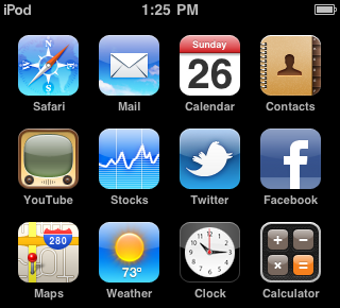
When it comes to devices with larger screens, though, iOS may be doing more harm than good. The development of iOS and the iPhone is directly responsible for the rapid expansion of the smartphone industry. That’s serious hyperbole, but it’s true that iOS has become a big deal.

The monster Apple createdĪpple used WWDC 2015 to boast of reaching the mile-stone of 100 billion app downloads, and even quicker to compare the App Store to some of the most influential inventions in history, like the microscope and electricity. The real issue is more deeply rooted, and Apple’s own creation. Yet screen real estate isn’t the only obstacle between the iPad as a tablet and the iPad as a laptop. They want to switch back and forth between applications with ease. They want to briefly open a new window to quickly performance task without jumping out of other apps. Users want to be able to line up windows, with their email next to a browser, or their word document next to a music player.
#Iphone explorer ios 9 windows
Although it’s now finally gained some traction, early versions of Surface were an epic failure, and Windows itself probably deserves more blame than the hardware. The experience wasn’t great for the Microsoft Surface line either. It didn’t take long for the company to figure out users hated being locked into full-screen apps. Just ask Microsoft it had the same problem with Windows 8’s new “Metro” apps.

It didn’t take long for Microsoft to figure out users hated being locked into full-screen apps.


 0 kommentar(er)
0 kommentar(er)
